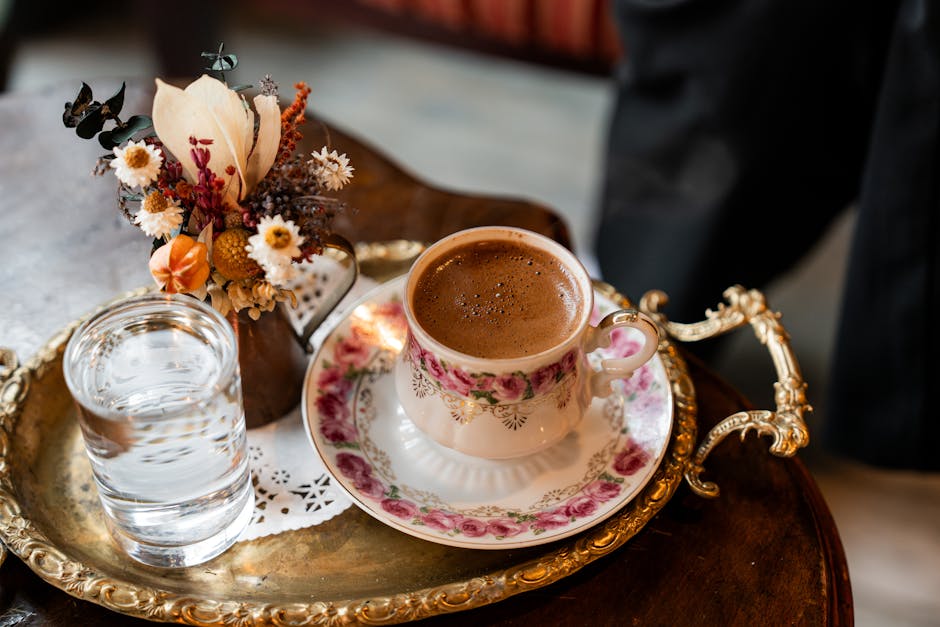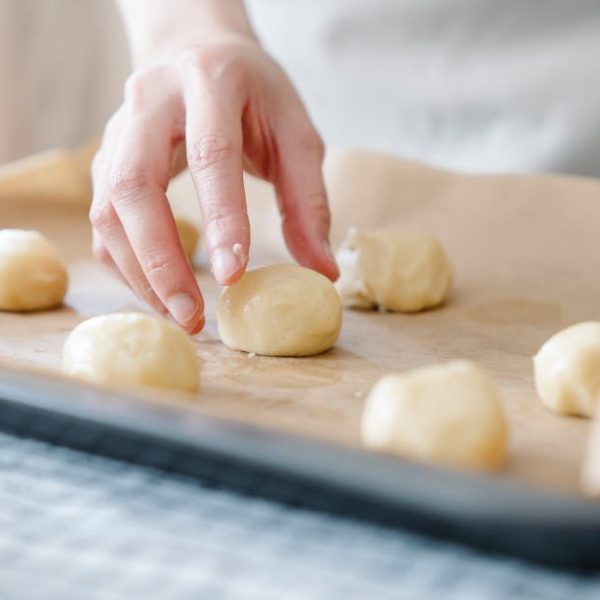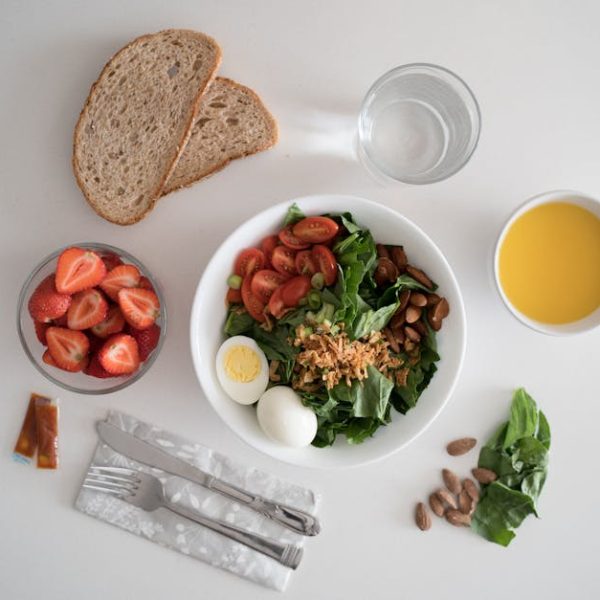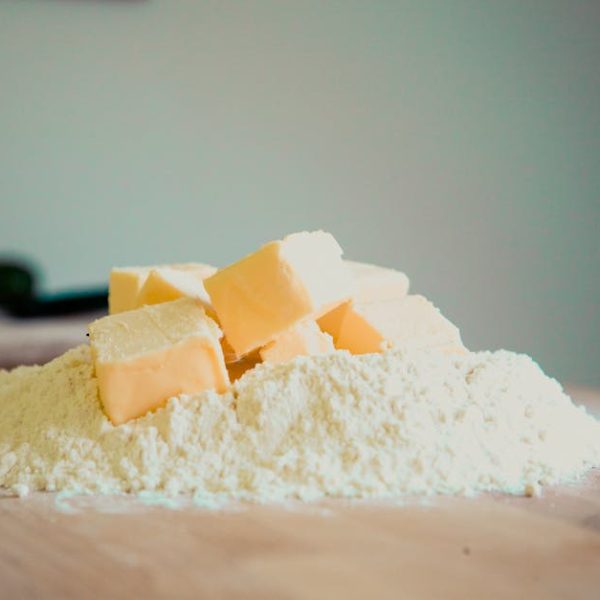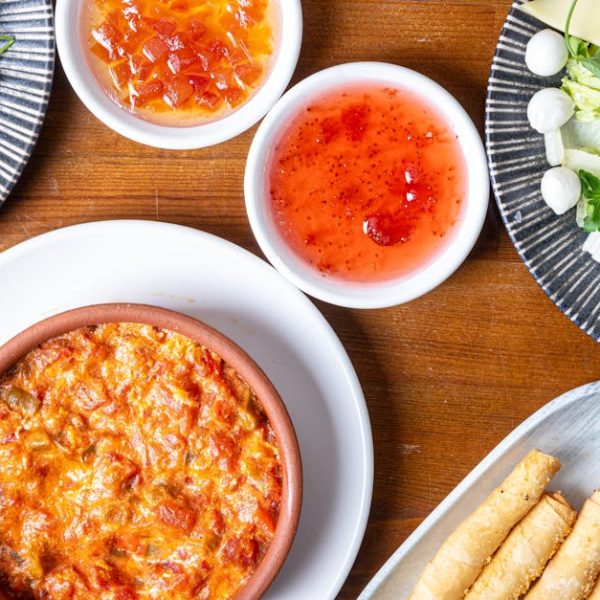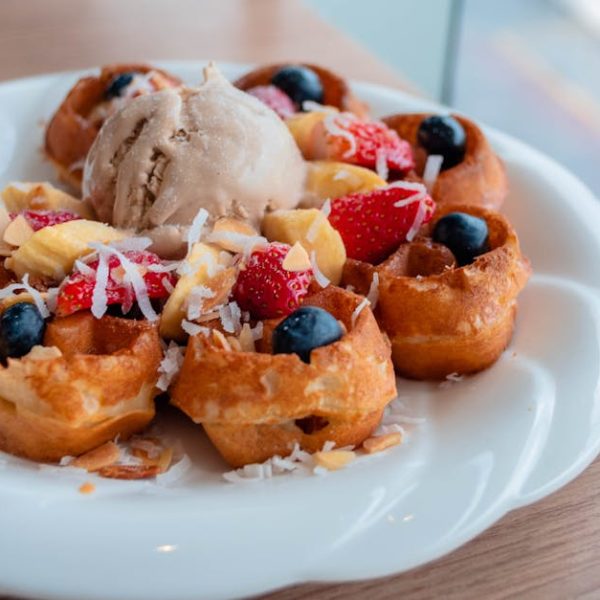In the realm of coffee connoisseurship, one may encounter the ongoing debate of espresso beans versus coffee beans. At a surface level, you might think the difference is straightforward – one refers to the beans used to make espresso, and the other, used for regular coffee. But delve a little deeper, and you’ll find that the equation isn’t quite so simple. This article will outline key differences, from their definition to their processing, roasting, brewing methods, and food pairings to broaden your coffee-related knowledge.
Distinguishing Espresso and Coffee Beans by their Definition
People often refer to ‘espresso beans’ or ‘coffee beans’, but in truth, no particular bean is exclusively used to make either drink. Both espresso and coffee can be made from the same types of beans, the most common being Arabica or Robusta. The difference essentially lies in the type of roast, grind level, and most importantly, how they’re brewed.
Espresso beans, post brewing, usually give out a more intense and thicker taste than coffee beans due to the high-pressure brewing process. It boasts a richer and deeper flavor with a higher concentration of dissolved solids, despite its smaller serving size.
Coffee beans, on the other hand, are used to accomplish a mellower brew. The taste can vary from tangy and light-bodied when light-roasted to caramel-like sweetness in a medium roasted, presenting a spectrum of flavors that coffee aficionados swear by.
The Influence of Processing Method on Espresso and Coffee Beans
Processing methods significantly impact the final cup of coffee or espresso you consume. Immediately after harvest, coffee cherries are processed in one of these ways – washing, dry-processing, or honey-processing.
Washing or wet processing involves removing the coffee cherry’s outer layer, and the beans are fermented in water. This method generally creates a vibrantly acidic and clean taste.
Dry processing or natural processing involves drying the full cherry in the sun before removing the bean. In this case, the imparted flavors are heavier, fruitier, and offer a bit more uniqueness.
Honey processing is a hybrid of the two and typically yields a delicate blend of the two flavor profiles.
Pro Tip: One can’t overlook the processing method when choosing their coffee – it significantly impacts the bean’s flavor profile
Roasting: The Pivotal Factor Defining Espresso Beans and Coffee Beans
Roasting coffee is an art that significantly defines the taste of your brew. There’s a full spectrum of coffee roasts, ranging from light and medium to dark roast.
Light and medium-roasted beans are generally used for regular coffee. They result in a more acidic, intricate, and flavorful brew. Comparatively, dark roasts, used mainly for espresso, exhibit a more aggressive, bold, and strong flavor.
Best Practices to Roast Coffee Beans for Desirable Flavors:
- Always select high-quality, fresh green beans.
- Invest in a good coffee roaster – consistency is key.
- Keep a close eye on color changes – from green to yellow and then to a light cinnamon and finally dark brown color.
- Listen for the “first crack” and “second crack” – these are indicators of the roast level.
Brewing Methods: Espresso Beans vs Coffee Beans
The brewing method significantly contributes to the distinction between espresso and coffee. Let’s dig into the different methods and how they uniquely affect espresso and coffee beans.
Espresso, typically brewed using an espresso machine, requires high pressure (around 9 bars) to force hot water through the finely ground, tightly packed coffee. This process extracts the solubles in a shorter time (20-30 seconds), yielding a syrupy, complex, and full-bodied brew with a recognizable crema on top.
On the other end of the spectrum, coffee brewing involves a variety of methods such as the Moka pot, French press, drip coffee maker, or pour-over, each providing a unique flavor profile. These methods employ gravity and a lower water temperature, unlike an espresso machine.
Versus: Comparisons of Brewing Methods
| Espresso Beans | Coffee Beans | |
|---|---|---|
| Brew Time | Short (20-30 seconds) | Long (2-5 minutes) |
| Coffee Concentration | High | Low to moderate |
| Pressure | High (9 bars) | Low |
| Best for | Robust brew with complex flavors | More diverse flavor profiles ranging from light to bold |
Pairing Espresso and Coffee Beans with Food
Coffee and food pairing is like matching wine and cheese – it can significantly enhance your coffee-drinking experience. Espressos blend well with rich and sweet dishes like tiramisu, dark chocolate, or a rich chocolate cake, thanks to their full-bodied and bold nature.
Regular coffee, on the contrary, exhibits a wide array of flavors, making it a versatile pairing option. Light roasts, characterized by a bright acidity, pair pleasantly with breakfast foods like muffins, croissants, and fruit, while dark roasts provide a delightful palate balance when paired with hearty, savory meals.
Pairing Fundamentals Checklist
- Contrast flavors: Pair light roasts with sweet, rich food items and dark roasts with savory dishes.
- Match intensity: Ensure the coffee doesn’t overpower the food and vice versa.
- Consider sweetness: Sweet dishes create a smooth palate transition when paired with strong coffee.
- Trust your taste: Experiment and discover what combinations bring you the most pleasure.
In conclusion, understanding the differences between espresso and coffee beans can help enhance your daily coffee ritual. Whether the focus is the processing method, the roast, the brew, or the food pairings, each factor plays a vital role in defining your cup of joy. Remember, it’s all a matter of personal preference at the end, so explore and find what suits your palate best. Enjoy your brew!
Key Takeaway:
- Both espresso and coffee can be made from the same types of beans, with the difference lying in the type of roast, grind level, and brewing method. Espresso beans usually give out a more intense and thicker taste, while coffee beans present a mellower brew.
- The processing methods (washing, dry-processing, or honey-processing) after harvest significantly impact the coffee or espresso’s flavor profile.
- Roasting is pivotal in defining the bean’s taste, with light and medium-roasted beans typically used for coffee, and dark roasts used mainly for espresso.
- The brewing method contributes a great deal to the distinction between espresso and coffee. Espresso uses high pressure and finely ground beans, while coffee brewing involves a variety of methods providing unique flavor profiles.
- Pairing espresso and coffee with food similar to wine and cheese. Rich and sweet dishes blend well with espresso, whereas regular coffee exhibits a wide array of flavors, making it a versatile pairing option.
Coffee and espresso nuances can add a new level of enjoyment to your coffee drinking experience. Exploring the myriad ways of roasting, brewing, and pairing enhances the diversity of flavors at your disposal. Embrace this journey, trust your taste, learn, and discover what brings you the most pleasure; there’s no end to this tasteful adventure. Discovery is part of the fun!
FAQs
Q: Are there specific coffee beans that are strictly used only for espresso or coffee?
A: No, there’s no rule written in stone that dictates specific beans only for espresso or coffee. It’s the type of roast, grind level, and brewing method that make the difference.
Q: Are espresso beans always dark roasted?
A: Not always. While dark roast is commonly used for espresso due to its bold and robust flavor, you can experiment with different roast levels to suit your taste.
Q: Which coffee brewing method gives the strongest flavor?
A: Brewing espresso with an espresso machine typically yields a strong, robust flavor due to the high-pressure extraction method.
Q: Can the same food pairing be used for both espresso and coffee?
A: Yes, food pairing can be used for both. Yet, you should consider the flavor profile of your brew. Espresso often pairs well with rich, sweet dishes whereas regular coffee is versatile, pairing well with both sweet and savory food.
Q: Is espresso stronger than coffee?
A: Yes, espresso is typically stronger than coffee due to its brewing method, which employs high pressure and a finer grind, resulting in a concentrated, full-bodied brew.
We hope you found this article insightful. To discover more about your favorite brew, feel free to explore more posts on our website and share this one with your fellow coffee enthusiasts.
